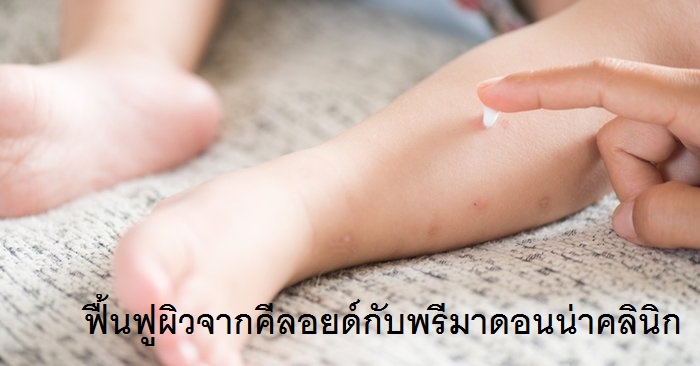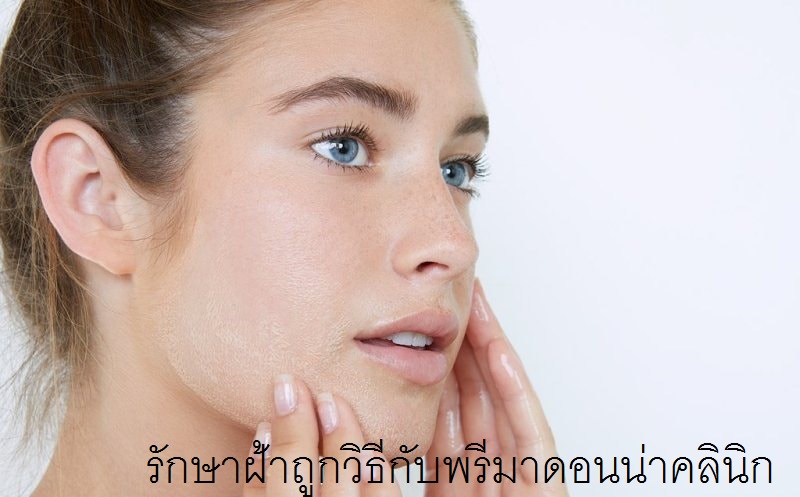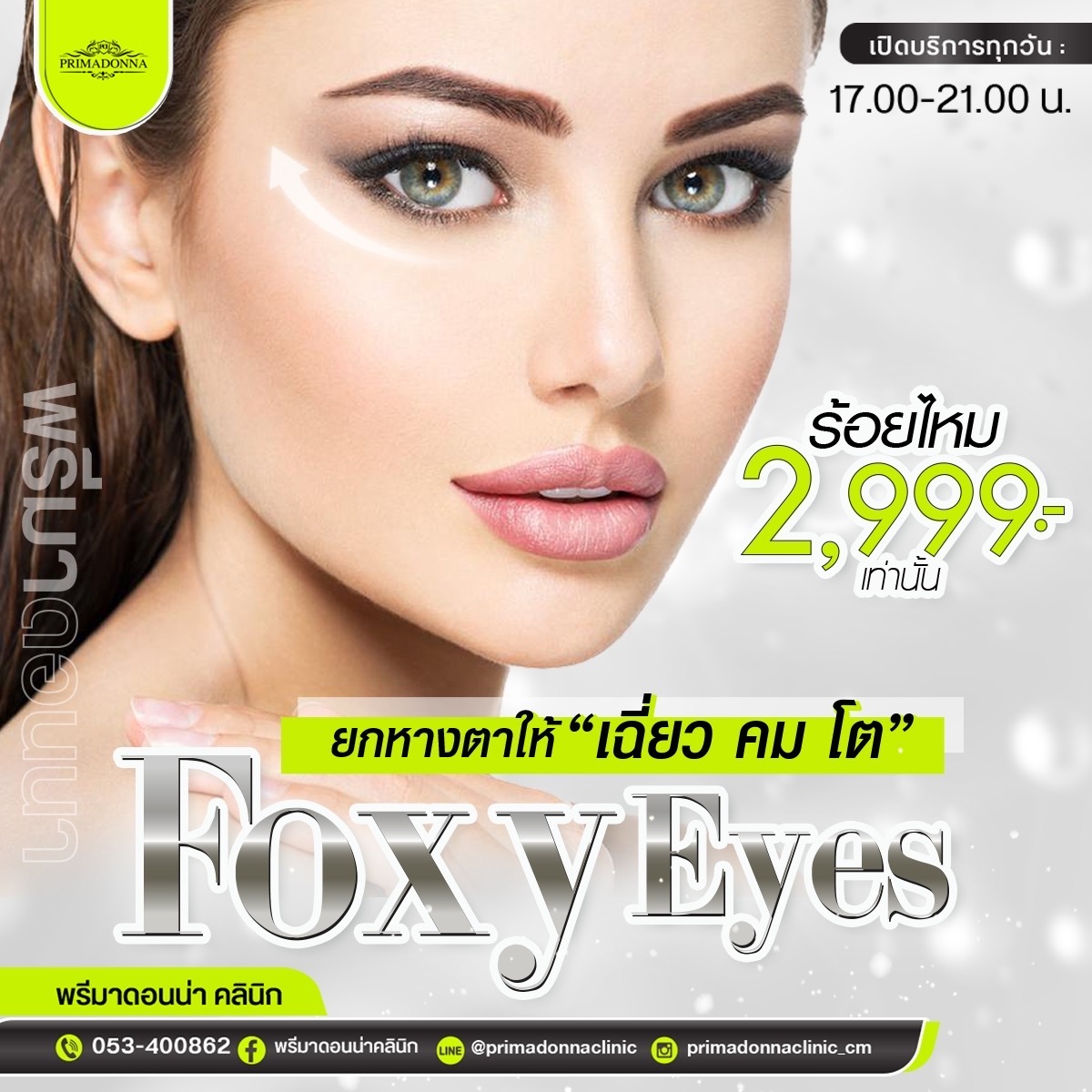
Keloid Scar Treatment in Chiangmai
Keloid Scar Treatment in Chiangmai
The best treatment of Keloid Scar is prevention in patients with a known predisposition. This includes preventing unnecessary trauma or surgery (including ear piercing, elective mole removal), whenever possible. Any skin problems in predisposed individuals (e.g., acne, infections) should be treated as early as possible to minimize areas of inflammation.
Treatment of a keloid scar is age dependent. Radiotherapy, anti-metabolites and corticoids would not be recommended to be used in children, in order to avoid harmful side effects, like growth abnormalities.
In adults, corticosteriods combined with 5-FU and PDL in a triple therapy, enhance results and diminish side effects.
Further prophylactic and therapeutic strategies include pressure therapy, silicone gel sheeting, intra-lesional triamcinolone acetonide (TAC), cryosurgery, radiation, laser therapy, IFN, 5-FU and surgical excision as well as a multitude of extracts and topical agents.
Surgical excision is currently still the most common treatment for a significant amount of keloid lesions. However, when used as the solitary form of treatment there is a large recurrence rate of between 70 and 100%. It has also been known to cause a larger lesion formation on recurrence. While not always successful alone, surgical excision when combined with other therapies dramatically decreases the recurrence rate. Examples of these therapies include but are not limited to radiation therapy, pressure therapy and laser ablation. Pressure therapy following surgical excision has shown promising results, especially in keloids of the ear and earlobe. The mechanism of how exactly pressure therapy works is unknown at present but many patients with keloid scars and lesions have benefited from it.
Should keloids occur, the most effective treatment is combination of cryofreeze and intralesional cryofreeze which can achieve cure rates of up to 90%.[citation needed]
Intralesional injection with a corticosteroid such as Kenalog does appear to aid in the reduction of fibroblast activity, inflammation and pruritus.
Cryotherapy or cryosurgery refers to application of extreme cold to treat keloids. This treatment method is easy to perform and has shown results with least chance of recurrence.
Tea tree oil, salt or other topical oil has no effect on keloid lesions.




